Prague, the capital city of the Czech Republic, is a magical destination filled with historical landmarks, vibrant neighborhoods, and cultural treasures. With its charming cobblestone streets, medieval architecture, and a rich tapestry of stories, Prague is a must-visit for travelers seeking both beauty and history. Below, we explore 15+ of the best places to visit in this enchanting city, each with its own unique allure.
1. Prague Castle
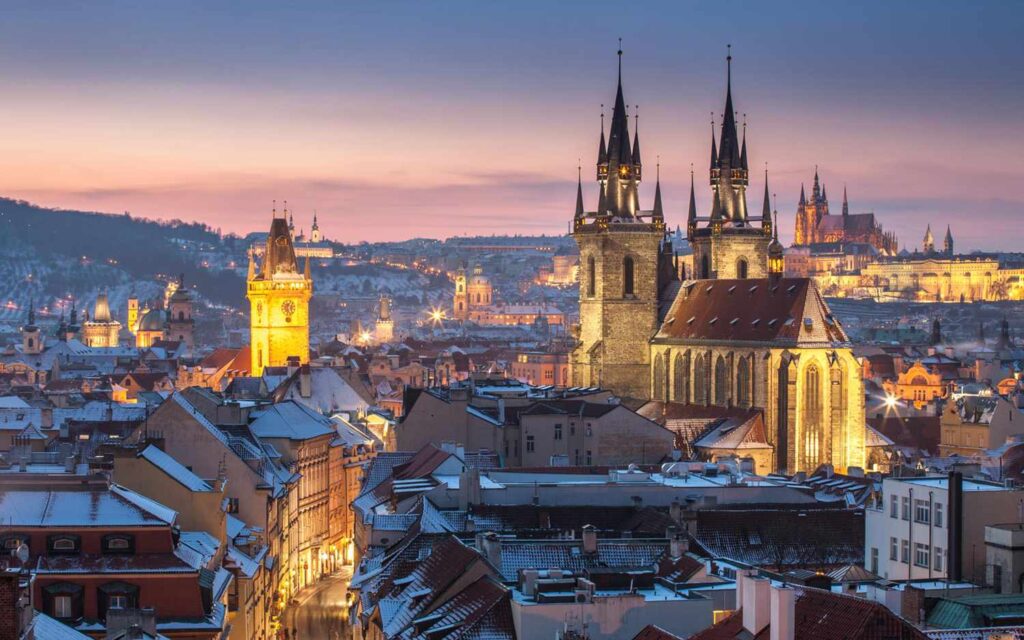
Prague Castle, a symbol of the Czech Republic, is one of the most significant landmarks in the city. This massive complex dates back to the 9th century and has served as the seat of Czech kings, emperors, and presidents. The castle complex includes several iconic buildings such as St. Vitus Cathedral, Old Royal Palace, St. George’s Basilica, and the Golden Lane. The Gothic St. Vitus Cathedral, with its towering spires, houses the tombs of Bohemian kings and the Czech crown jewels. Walking through the castle grounds offers breathtaking views of the city and a deep dive into Prague’s royal history.
2. Charles Bridge
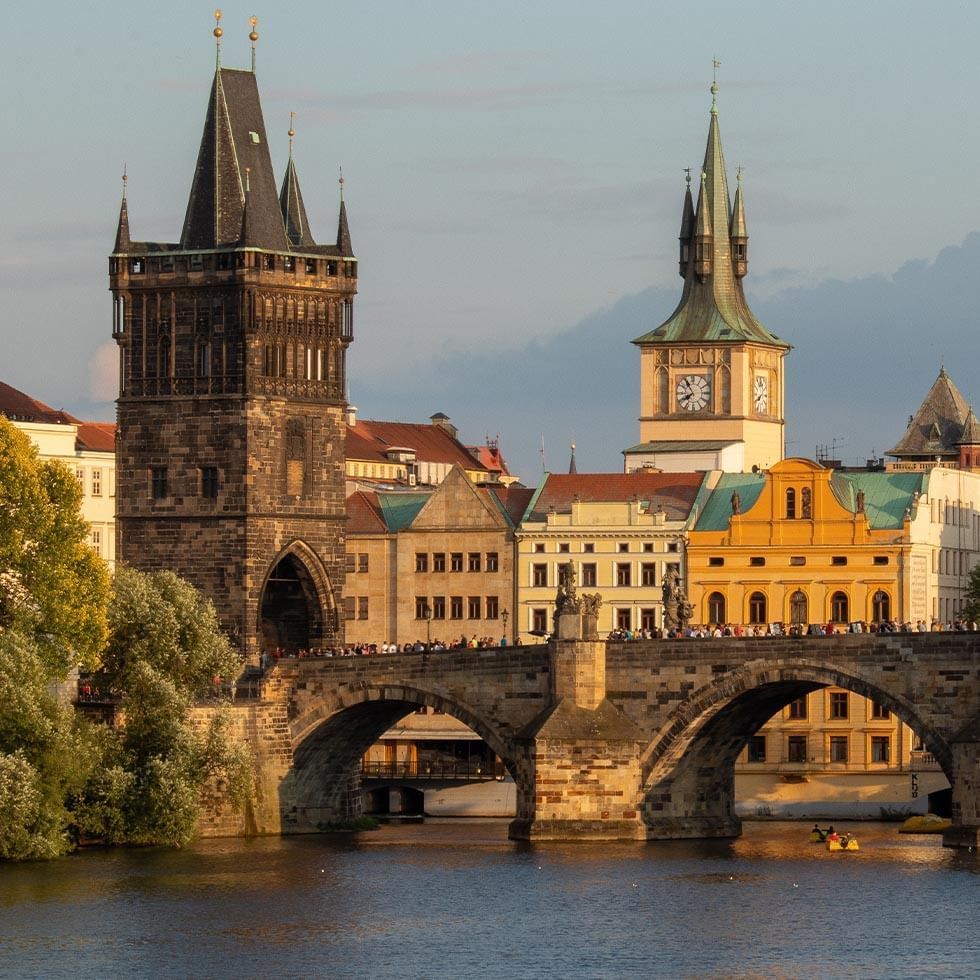
Spanning the Vltava River, the Charles Bridge is one of Prague’s most famous landmarks. Built in 1357, this pedestrian bridge is adorned with 30 baroque statues of saints, making it a stunning outdoor gallery. The bridge connects the Old Town with the Lesser Town, offering picturesque views of both. Early mornings and late evenings are the best times to visit when the bridge is less crowded, allowing you to fully appreciate its beauty and the tranquil flow of the Vltava River beneath.
3. Old Town Square
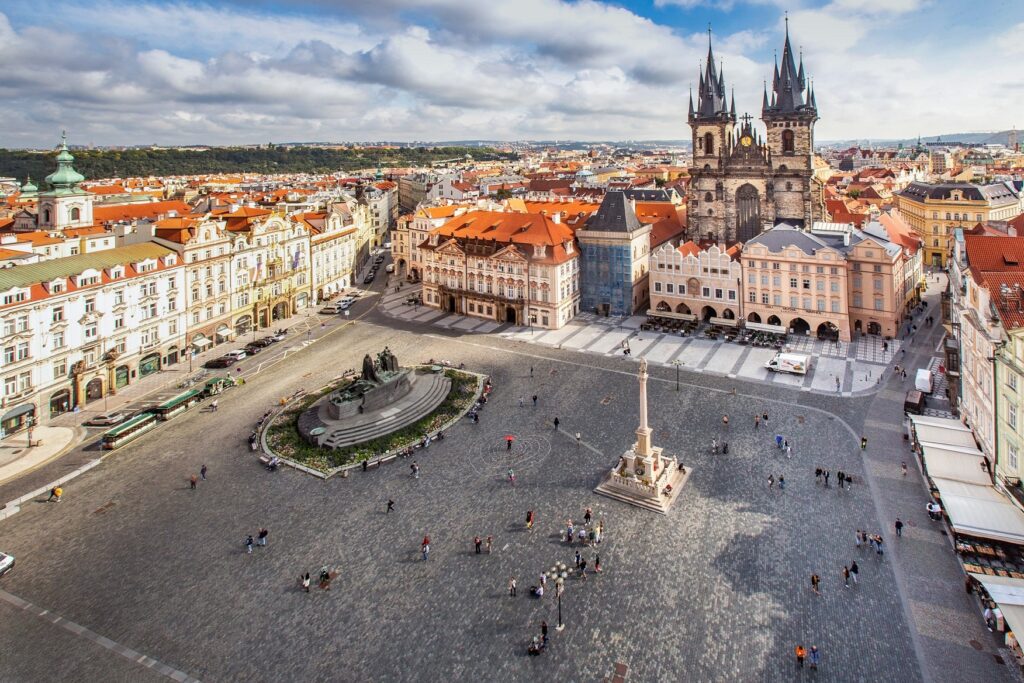
At the heart of Prague lies the Old Town Square, a vibrant area steeped in history. This square is surrounded by Gothic, Baroque, and Renaissance buildings.
The highlight of the square is the Astronomical Clock, mounted on the Old Town Hall. Every hour, on the hour, the clock springs to life with a procession of the Twelve Apostles, drawing crowds of tourists. The Old Town Square is also home to numerous cafes and restaurants, perfect for soaking up the atmosphere while enjoying traditional Czech cuisine.
4. St. Vitus Cathedral
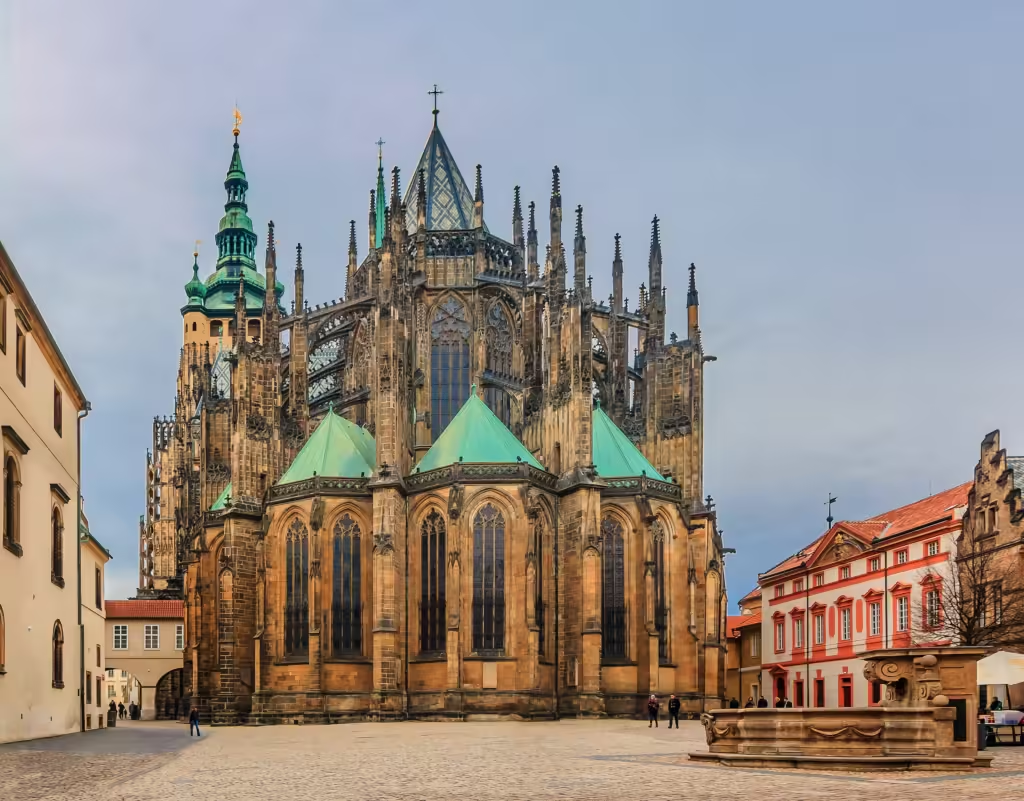
Located within the Prague Castle complex, St. Vitus Cathedral is the most important religious building in the Czech Republic. This Gothic masterpiece took nearly 600 years to complete and is the final resting place of many Bohemian kings. The cathedral’s stained glass windows are a sight to behold, especially the one designed by the famous Czech artist Alphonse Mucha. Visitors can also climb the Great South Tower for breathtaking views of Prague’s skyline.
5. Wenceslas Square
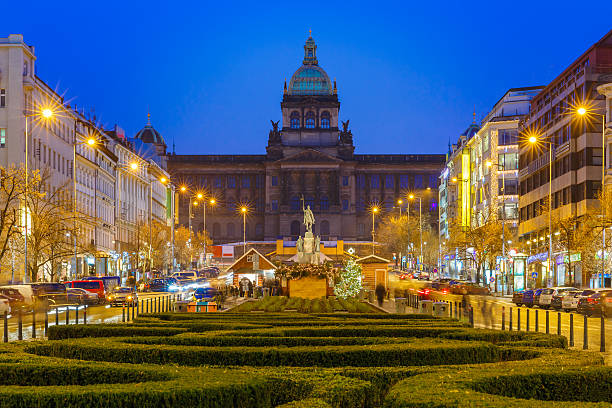
Wenceslas Square is a bustling hub of activity and a key part of Prague’s New Town. Named after Saint Wenceslas, the patron saint of Bohemia, the square has been the site of many historical events, including the Velvet Revolution. Today, it is lined with shops, restaurants, and hotels, making it a great place to experience Prague’s modern vibe. At the top of the square stands the National Museum, which houses extensive collections of art, history, and natural sciences.
6. The Jewish Quarter (Josefov)
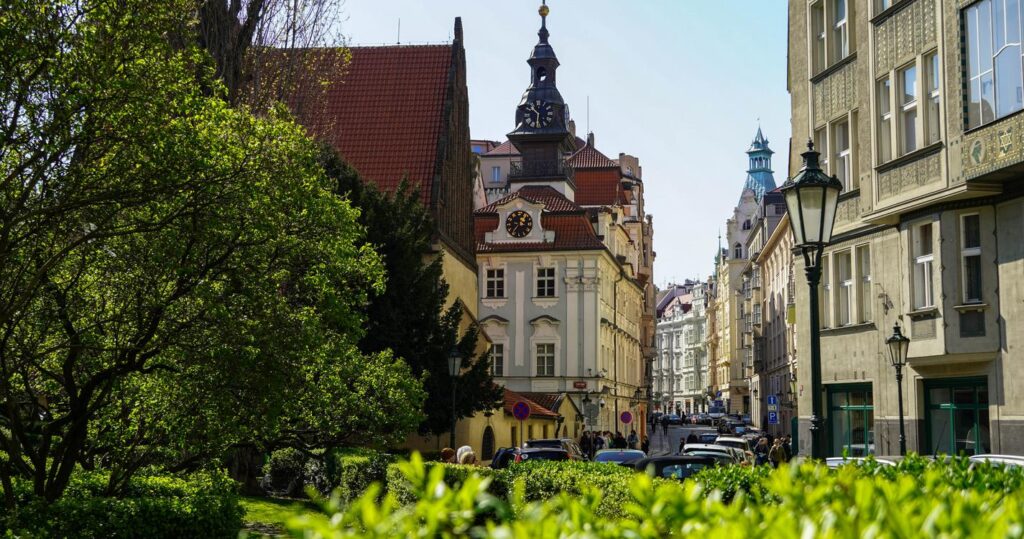
The Jewish Quarter, also known as Josefov, is one of the most historically significant areas in Prague. This district was once the largest Jewish ghetto in Europe and is home to six synagogues, including the Old-New Synagogue, the oldest active synagogue in Europe. The Jewish Museum in Prague offers a deep insight into the history, traditions, and struggles of the Jewish community in the city. A visit to the Old Jewish Cemetery is also a moving experience, with its thousands of tightly packed tombstones telling stories of centuries past.
7. Petrin Hill & Observation Tower

For those seeking panoramic views of Prague, a visit to Petrin Hill is a must. This green oasis in the heart of the city offers a peaceful escape from the urban hustle. At the top of the hill stands the Petrin Observation Tower, a smaller version of Paris’s Eiffel Tower. Climbing the 299 steps to the top rewards you with stunning views of Prague’s red rooftops, the Vltava River, and beyond.
8. The Dancing House
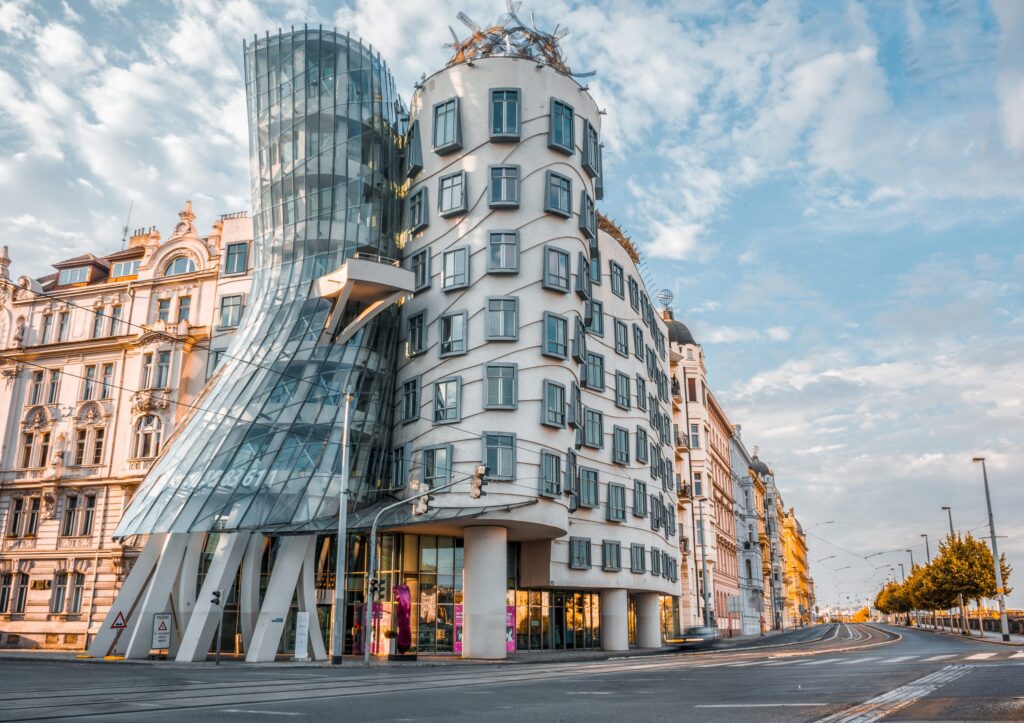
One of Prague’s most unique and modern architectural landmarks is the Dancing House. Designed by architects Frank Gehry and Vlado Milunić, this deconstructivist building resembles a dancing couple, hence its name. The Dancing House stands out against the city’s predominantly Gothic and Baroque architecture. Inside, you’ll find a gallery, a restaurant with a terrace offering panoramic views of Prague, and offices. It’s a great spot for photography enthusiasts and those interested in contemporary design.
9. Vysehrad Fortress
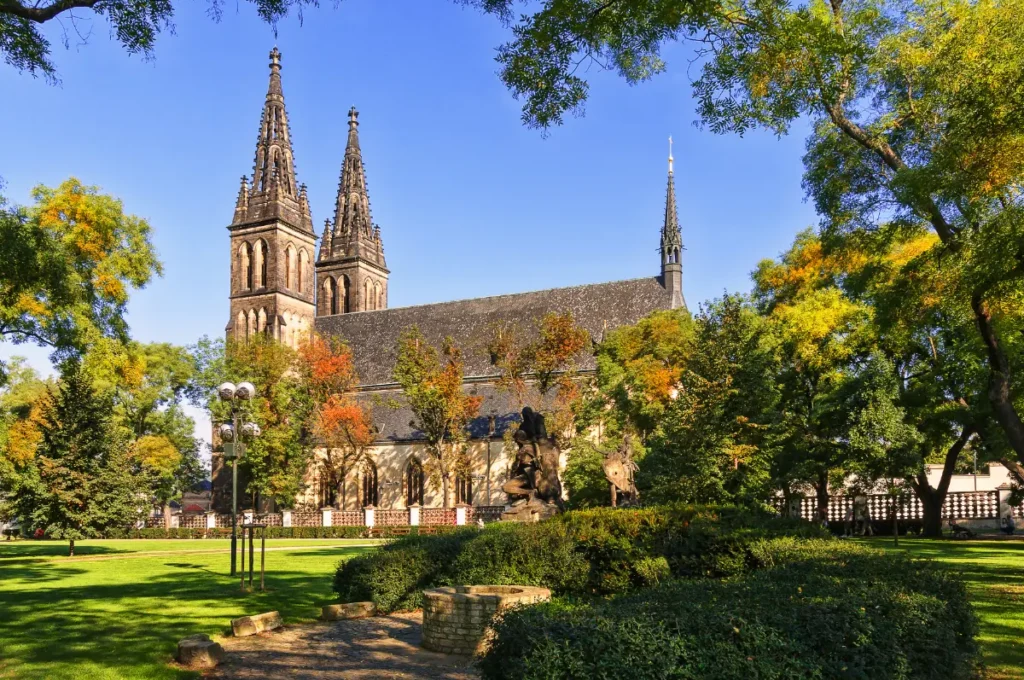
Vysehrad Fortress is a historic fort located on a hill overlooking the Vltava River. This site is older than Prague Castle and is shrouded in legends. Vysehrad is home to the Basilica of St. Peter and St. Paul, with its impressive twin spires, and the Vysehrad Cemetery, where many famous Czech figures, including composer Antonín Dvořák and artist Alphonse Mucha, are buried. The fortress offers breathtaking views of the city and the river, and its peaceful park is perfect for a leisurely stroll.
10. The National Theatre
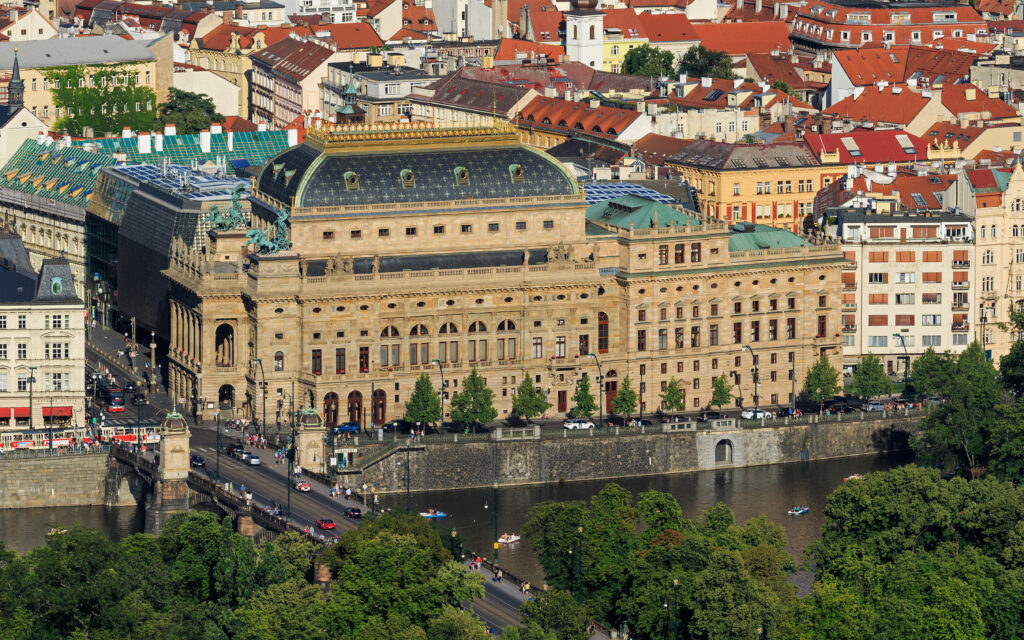
The National Theatre, an architectural gem of Prague, is a symbol of Czech cultural and national identity. Opened in 1881, the theater hosts a range of performances, including opera, ballet, and drama. The building itself is a masterpiece, with a richly decorated interior featuring gold leaf, marble, and stunning frescoes. A guided tour of the National Theatre offers a fascinating glimpse into the history and art of Czech performing arts.
11. Lennon Wall
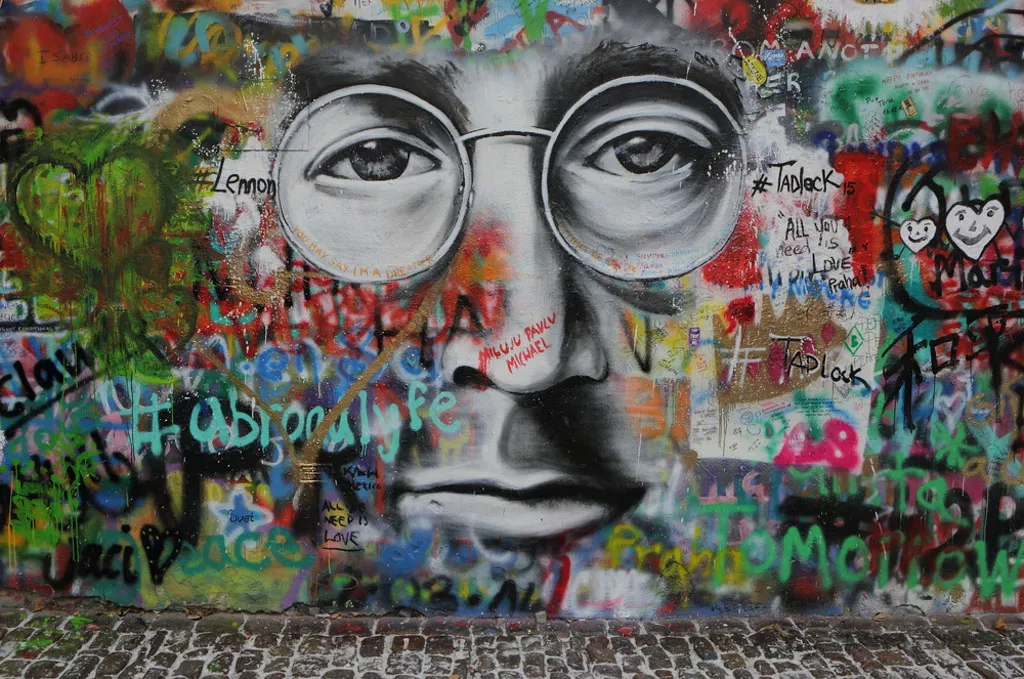
The Lennon Wall, located in the Lesser Town, is a symbol of peace, love, and freedom. Since the 1980s, this wall has been covered with John Lennon-inspired graffiti, lyrics from Beatles songs, and messages of protest against the communist regime. The wall is constantly evolving, with new layers of paint and messages appearing regularly. It’s a vibrant and ever-changing testament to Prague’s spirit of resistance and creativity.
12. Letna Park
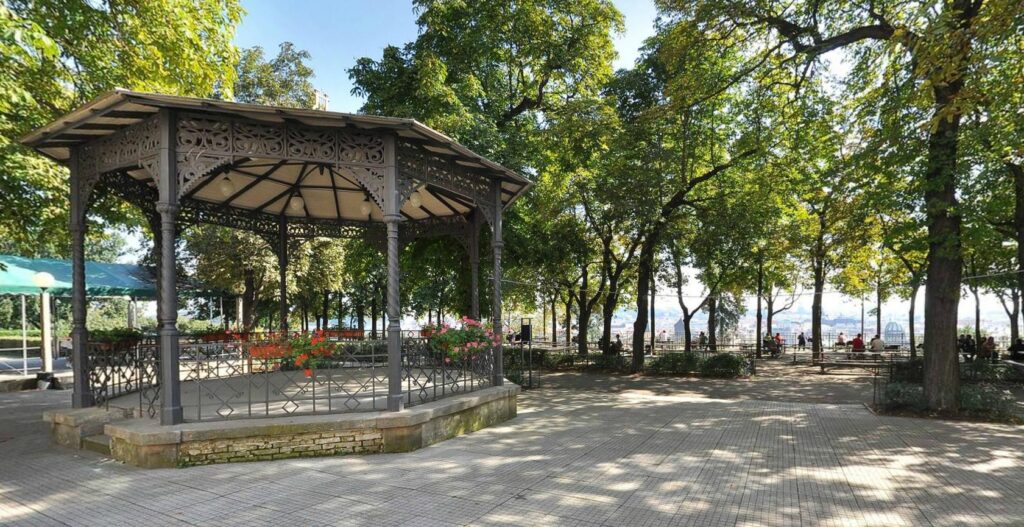
Letna Park is a vast green space offering some of the best views of Prague’s historic center. The park is popular with locals and tourists alike, especially for picnics, strolls, and cycling. One of the park’s most famous features is the Metronome, a large kinetic sculpture that symbolizes the passage of time. The park also has a large beer garden where you can relax with a cold Czech beer while taking in the stunning views of the Vltava River and the city skyline.
13. Strahov Monastery
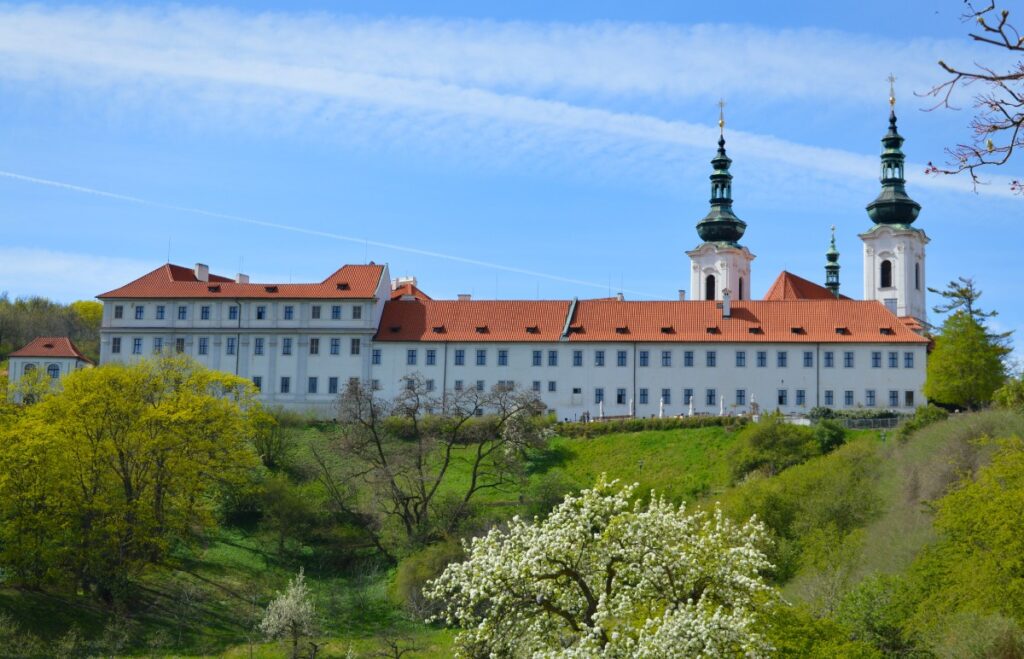
Strahov Monastery, founded in 1143, is one of the oldest and most important monasteries in the Czech Republic. The monastery is home to a remarkable library that houses over 200,000 volumes, including rare medieval manuscripts. The Theological Hall and Philosophical Hall, with their beautifully painted ceilings and rows of ancient books, are a book lover’s dream. The monastery also offers sweeping views of Prague and is a peaceful retreat from the city’s more tourist-heavy areas.
14. Kampa Island
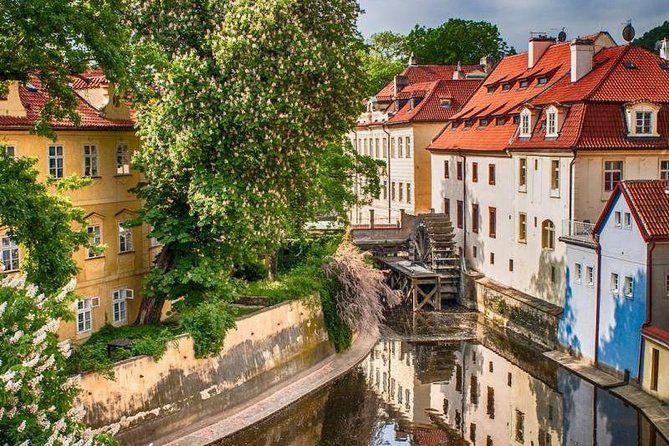
Kampa Island, located in the Vltava River, is often referred to as the “Venice of Prague” due to its picturesque canals. The island is home to the Kampa Museum, which features modern and contemporary art, including works by František Kupka and Otto Gutfreund. The John Lennon Wall is also nearby. The island’s peaceful parks and riverside paths make it a perfect spot for a leisurely walk or a quiet afternoon by the water.
15. Powder Tower
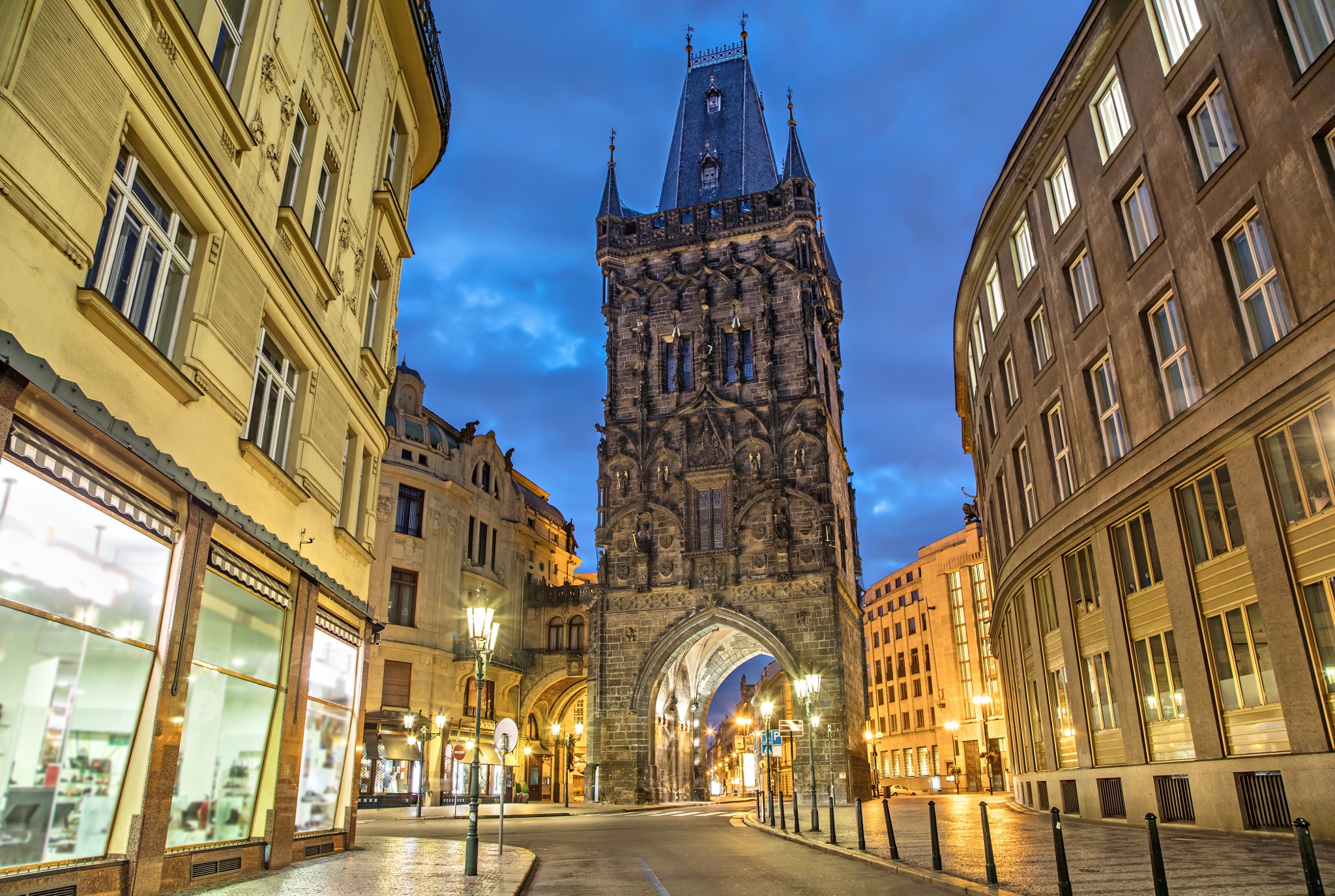
The Powder Tower, a Gothic-style gate dating back to the 15th century, is one of the original city gates and a significant part of Prague’s medieval fortifications. The tower was once used to store gunpowder, hence its name. Today, it stands as a striking monument and offers a fascinating glimpse into the city’s history. Visitors can climb the narrow staircase to the top of the tower for fantastic views of the Old Town.
16. National Museum

The National Museum, located at the top of Wenceslas Square, is the largest and most significant museum in the Czech Republic. The museum’s extensive collection covers natural history, art, music, and archaeology. The building itself is a work of art, with a grand facade, beautiful interiors, and a stunning dome. A visit to the National Museum provides an in-depth understanding of Czech culture, history, and art.
